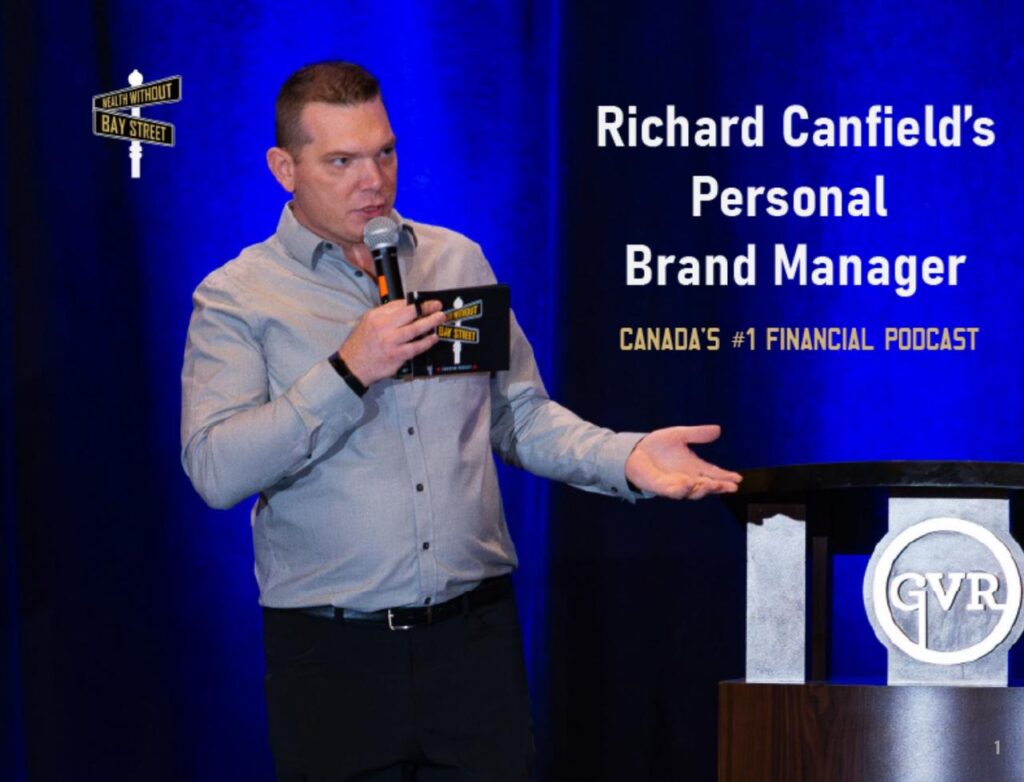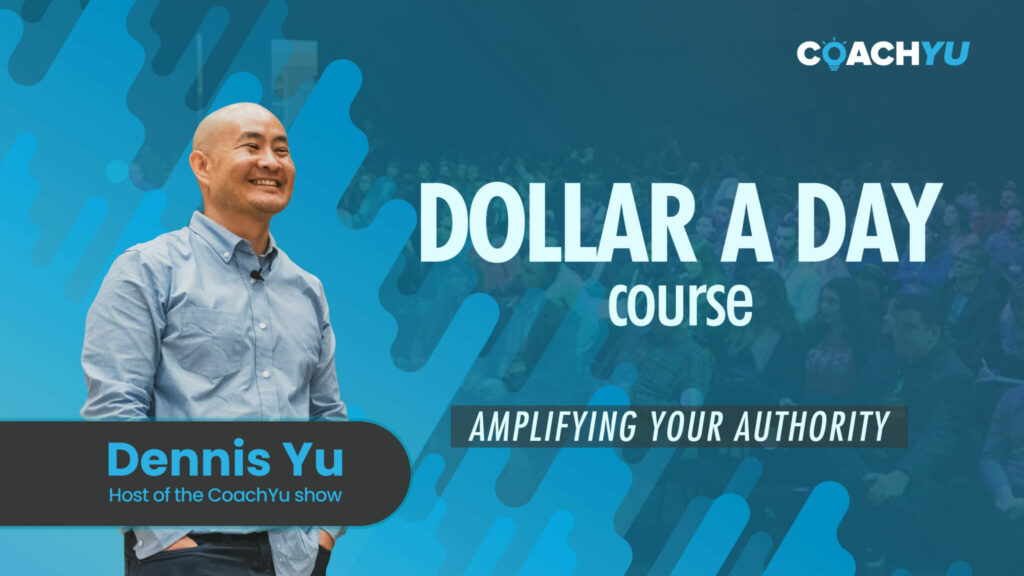Richard Canfield: The Wealth Mentor You’ve Been Looking For
Most people in finance pitch products or confuse you with jargon. Richard Canfield doesn’t. I’ve known Richard for years. We’ve shared stages, spoken to rooms of tradespeople, real estate investors, and business owners. I’ve been a guest on his podcast, and from the start, I noticed something rare: he simplifies complex financial systems without ever […]
Richard Canfield: The Wealth Mentor You’ve Been Looking For Read More »


